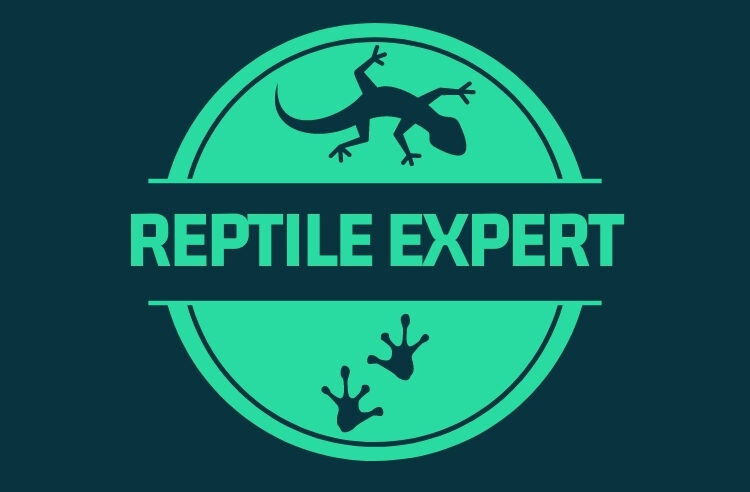Although the grass snake (Natrix natrix) naturally lays its eggs in piles of rotting vegetation alongside the ponds and lakes it frequents, where the natural warmth produced helps with incubation, it also has a reputation for occasionally building its nest in compost heaps. As keen gardener – and lifelong snake fan – Jake Sedge discovered to his delight, the stories are all true, but that left him with one obvious problem. Having played ‘nurse’ to a clutch of eggs, what do you do with the baby snakes that hatched?
A Lucky Find
It all began one mid-summer’s day when he was turning his compost heap. “I couldn’t believe my luck, when I found them” he says. “As a kid, I’d read about it in all the books and I used to drive my dad mad raking thorough his compost heap hoping to find some and then, after all those years, I did.”
Carefully putting everything back the way it was, he quickly realised that when the time eventually came for the little snakes to make their own way in the world, the nearest body of water for them to go hunting in was in the local park – and hardly an ideal habitat.
“I’ve got a good friend at the wildlife trust,” Jake explains, “so I knew he’d know what to do.”
A quick phone call – and a long meeting at the local pub – later and between them, they had the answer. As luck would have it, the local wildlife trust had just become involved in a new lake and wetland management project; it was the ideal place for any newly hatched snake to begin its life.
Hatching
Jake watched over his charges during the coming days and weeks, anxiously awaiting any signs of hatching, and by the end of August, it began. “It was brilliant to see the first ones appear,” he says, “but I was a bit sad too, knowing they’d soon be going away. Daft really – like some big kid!”
Following the advice of his friend, he had prepared temporary accommodation to house the early hatchers while he waited to make sure that there were no more to come. In the end, out of a clutch of 17 eggs, he ended up with 14 glossy babies, while two failed to hatch and one enterprising hatchling appears to have slipped away into his herbaceous border unseen.
Although young grass snakes can fend for themselves perfectly well from the moment they hatch, if they are to survive their first winter, they need to build up a good food reserve before the increasing cold of late September drives them into hibernation. That meant getting the hatchlings installed in their new home was now a real priority.
Released into the Wild
As with many of Britain’s native reptile species, a proper habitat is essential for survival and the loss of so many of the traditional countryside ponds and wetlands has had a major impact on the grass snake. A staggering 75 per cent of the ponds present in England and Wales during the 19th Century had vanished by the end of the 20th and while some of the creatures that they supported, such as frogs, have successfully managed to exploit our passion for garden ponds, the grass snake is often seen as a much less welcome visitor. Finding the perfect place for a band of small snakes isn’t always as easy as it fortunately turned out to be in this case.
Releasing them was a very low key affair. “We just put the tank down on the bank beside the water and let them get on with it,” Jake recalls. “They took to it, well – I was going to say like a duck to water – but you know what I mean,” he laughs.
Jake has an open invitation to visit the site and he’s been back many times since the youngsters were released in the hopes of catching a glimpse of one of ‘his’ snakes in the wild. “I haven’t seen any yet,” he confides, “but I’m sure I will do, one day.”
As unofficial – and unexpected – captive breeding programmes go, it sounds as if this one worked out pretty well.
